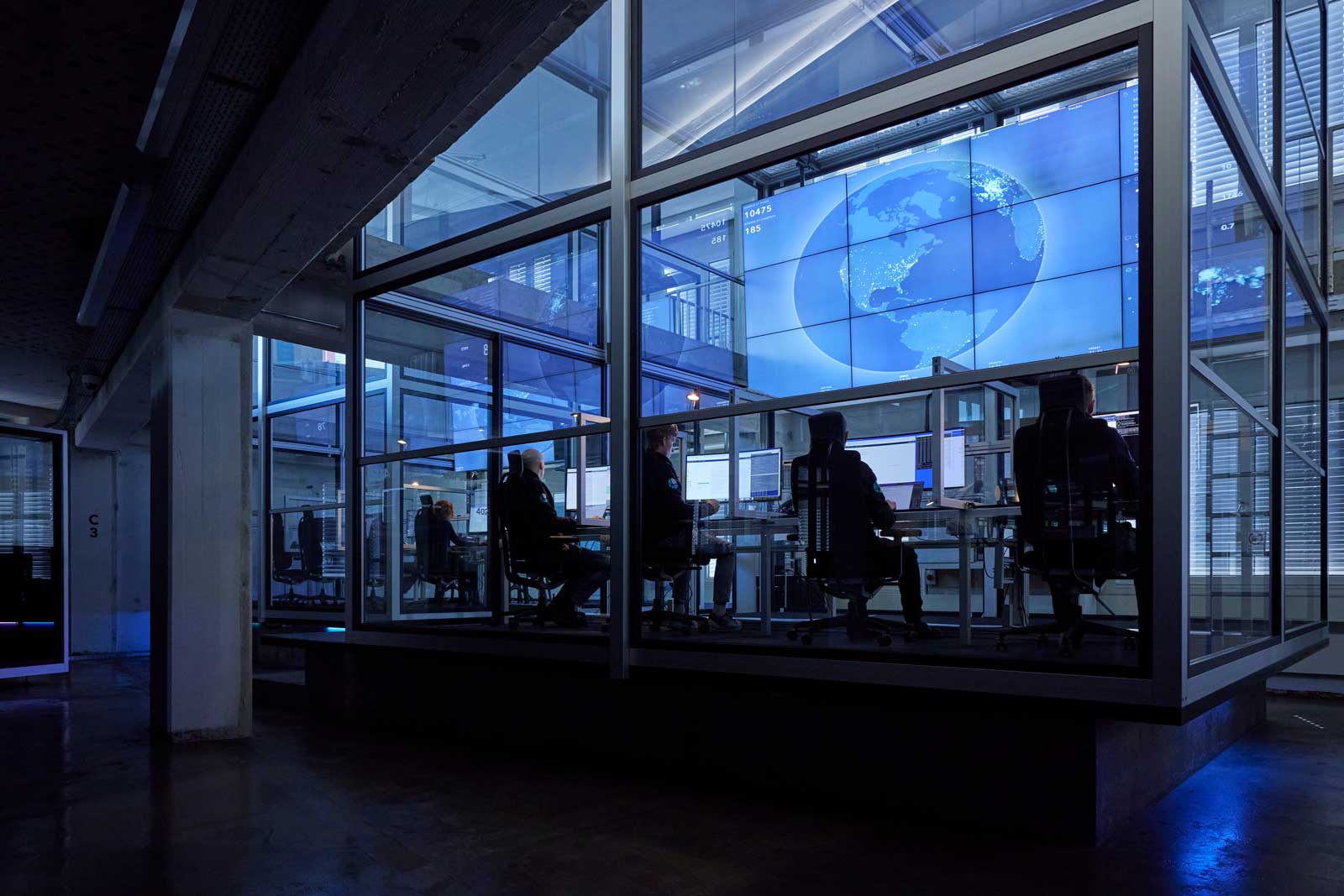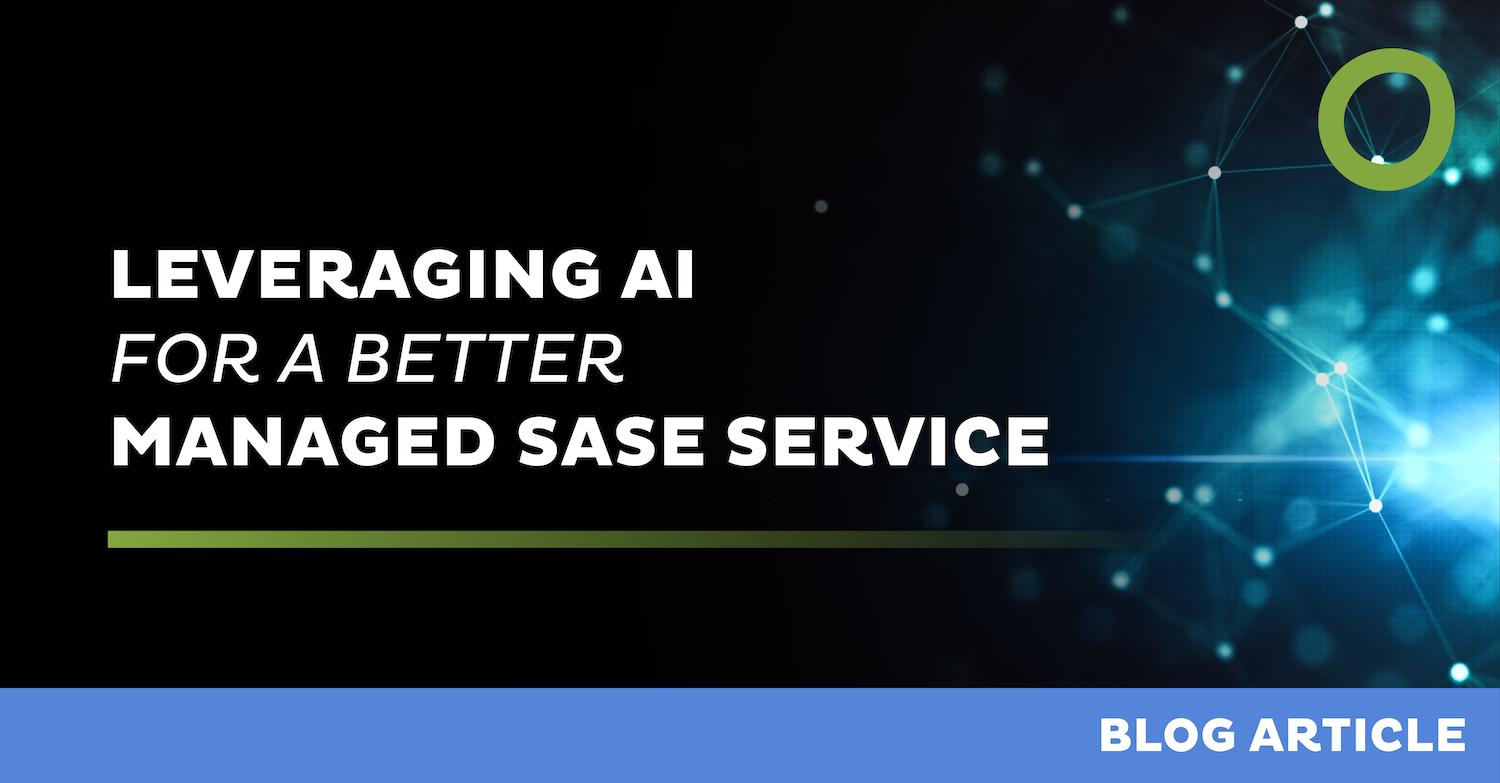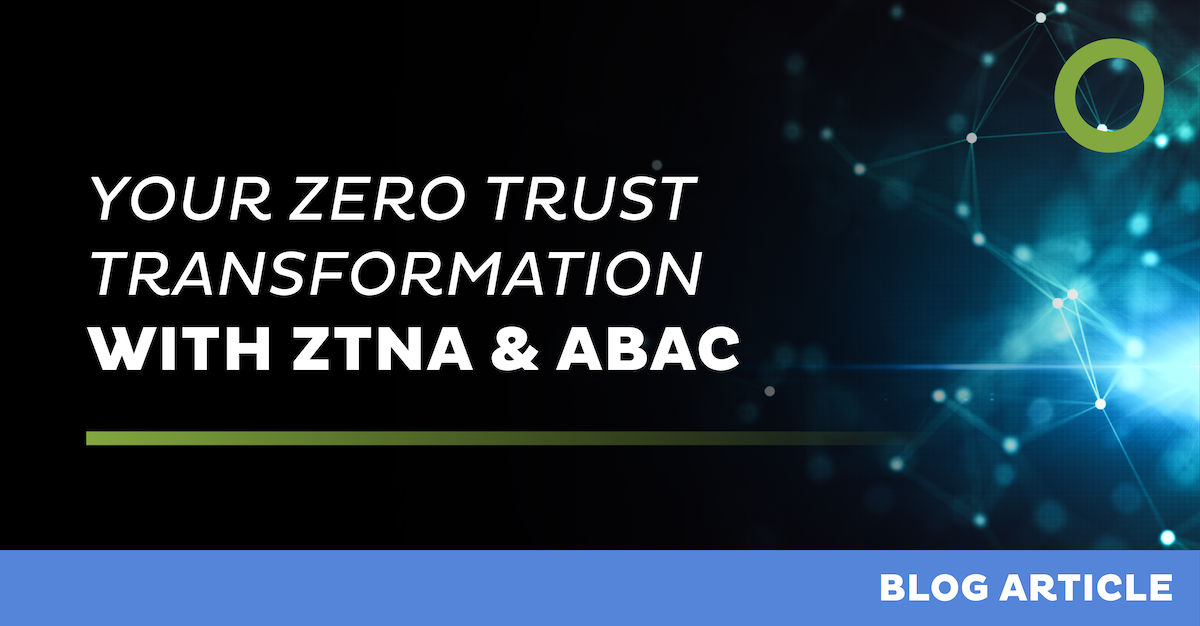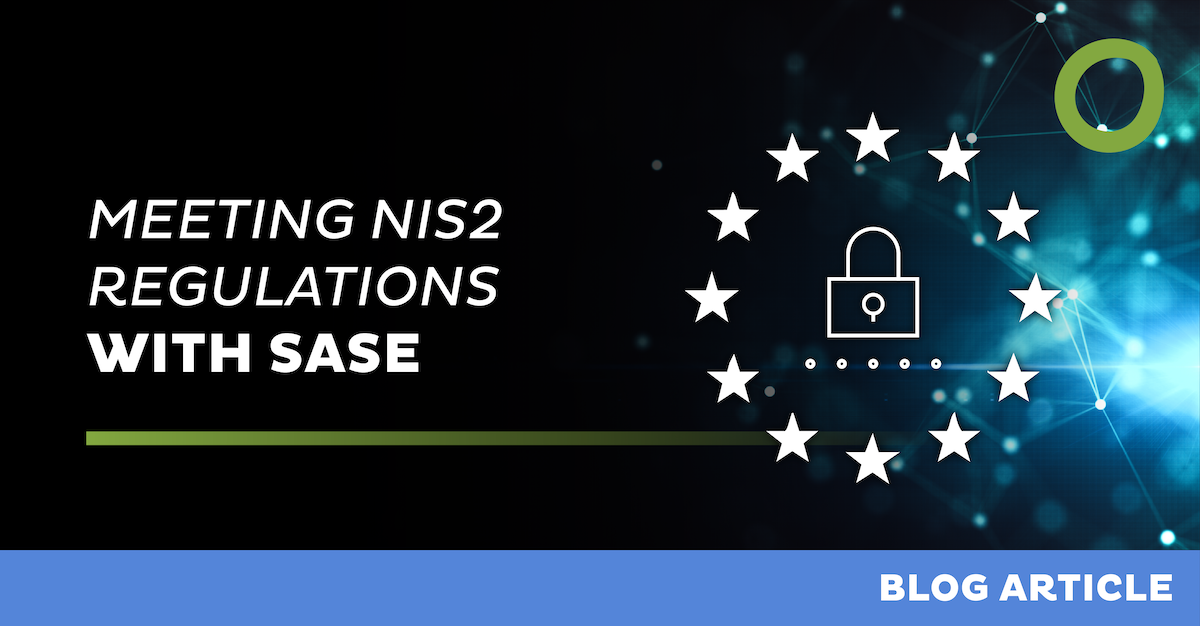
From Regulation to Integration: How Compliance Powers IT/OT Convergence
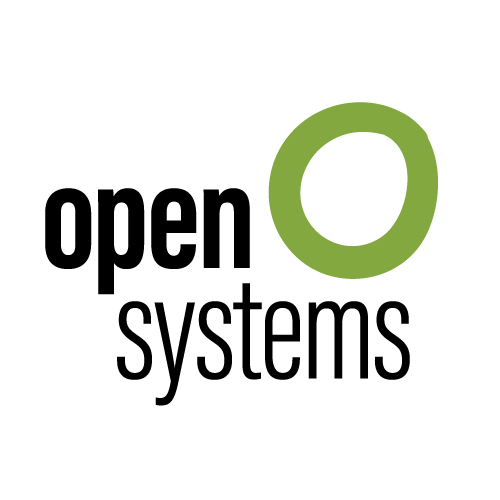
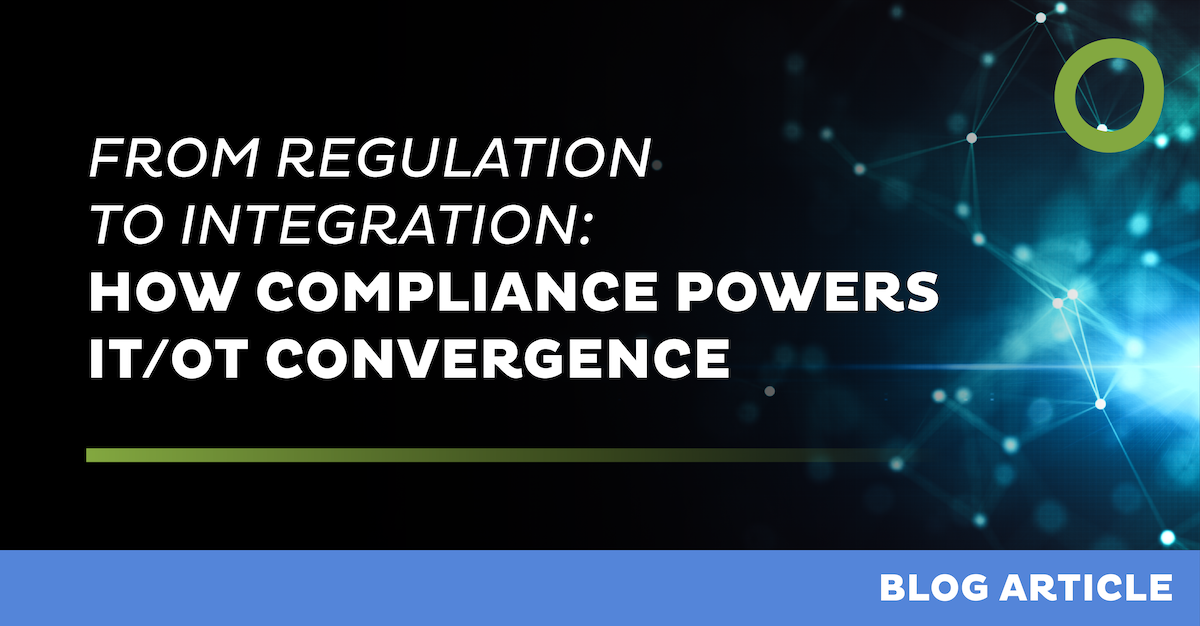
And Why It’s Now a Boardroom Priority
The once-clear boundaries between Information Technology (IT) and Operational Technology (OT) are disappearing. What was once a technical challenge has become a strategic imperative, driven not only by the promise of agility and efficiency, but increasingly by the pressure of regulatory compliance.
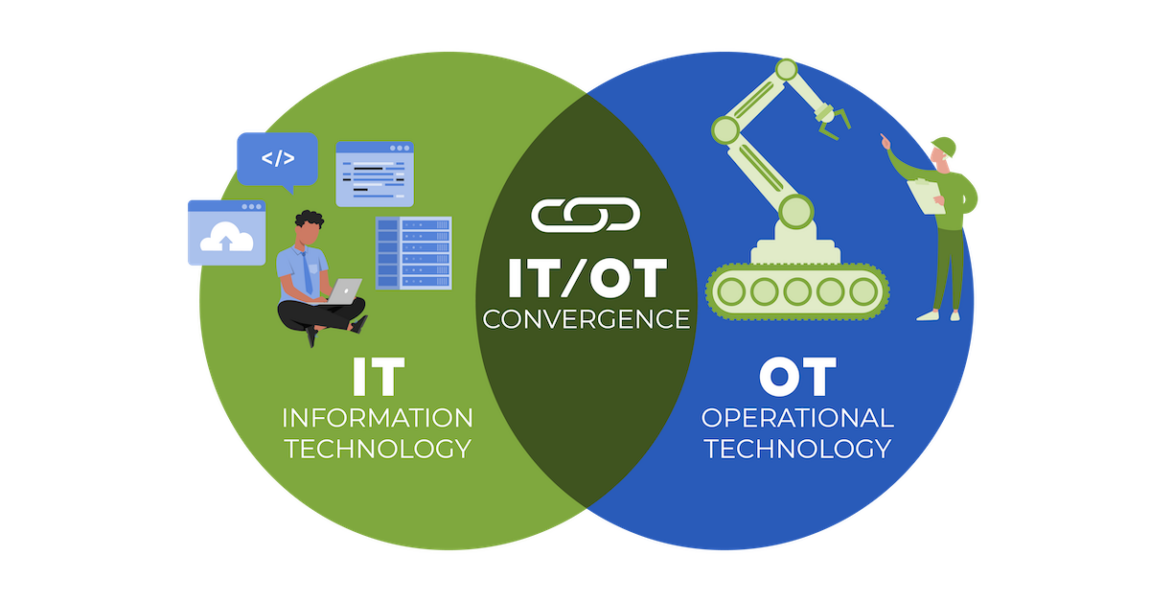
Compliance as a Catalyst for Convergence
Traditionally, IT and OT operated in silos - IT managing data, users, and enterprise systems, while OT focused on physical processes, machinery, and plant-floor operations. However, regulatory bodies have recognized that this separation creates blind spots and vulnerabilities. Frameworks such as the EU’s NIS2 Directive and national cybersecurity mandates now require holistic visibility, unified access control, and cross-domain threat resilience - all of which necessitate closer integration between IT and OT.
The convergence is no longer optional for critical infrastructure operators. OT environments, once air-gapped and isolated, are now under increasing scrutiny. To remain compliant, companies are accelerating OT firewall upgrades, implementing Zero Trust Network Access (ZTNA), and integrating IT/OT systems to support real-time monitoring and threat response.
A Massive Opportunity: But Only If Silos Are Broken
Beyond compliance, there is a powerful economic incentive. The Industrial Internet of Things (IIoT) has the potential to generate $12.6 trillion in value by 2030, according to McKinsey. However, scaling IIoT initiatives beyond pilot projects is proving difficult due to legacy infrastructure, fragmented governance, and cybersecurity gaps.
To capture this value, companies must bridge the IT/OT divide - technically and culturally. This includes:
- Establishing joint governance over IT and OT assets
- Investing in cross-disciplinary talent
- Deploying SASE architectures to ensure consistent security policy enforcement across domains
As McKinsey emphasizes, “at most companies, there is no joint governance covering IT and OT... This results in a high degree of duplicate and overlapping processes, compounded by a lack of interdisciplinary profiles and skills.” Without a unified approach, organizations face not just inefficiency but exposure.
IT/OT Convergence as a Strategic Objective
Forward-thinking organizations are aligning their IT and OT functions not only for security and compliance but for strategic business value. IT/OT convergence enables seamless data flow, centralized visibility, and resilient operations across the enterprise.
According to 2025 ICS/OT Cybersecurity Budget report, compliance may be the number-one driver, but as Forrester suggests, the benefits extend far beyond:
- Risk Management: Unified threat detection and response mechanisms across digital and physical systems
- Business Optimization: Improved visibility into processes and supply chains, leading to reduced costs and increased efficiency
- Standardization & Agility: Common policies and platforms that support future innovation and transformation
- Total Cost of Ownership (TCO): Centralized software contracts, shared integration resources, and simplified monitoring via streamlined tools and processes
The Technical and Cultural Shifts Behind the Trend
According to the IoT Analytics 2024 IT/OT Convergence Report, the convergence market is expected to grow from $720 billion in 2023 to nearly $1.3 trillion by 2030. This growth is driven by three primary forces:
- IT moving into OT: Cloud-native apps, AI, REST APIs, containerization, and Zero Trust principles are being embedded in OT environments.
- IT/OT integration: Industrial DataOps, protocol converters, edge computing, and digital twins are key enablers of real-time, cross-domain insight.
- OT becoming more IT-like: Virtualization, modularity, and advanced computing are reshaping traditional control systems.
Yet the transformation is not just about technology - it’s about people and processes. The Emerson report highlights that 37% of OT stakeholders plan to shift data storage to the cloud, underscoring the growing need for connectivity and cybersecurity. Meanwhile, a joint report from Rockwell Automation and the Cyentia Institute found that over 80% of industrial security incidents originate in IT systems and move laterally into OT, reinforcing the need for end-to-end security integration.
Conclusion: From Plant Floor to Boardroom
What began as a response to regulatory mandates is evolving into a powerful driver of business transformation. IT/OT convergence is no longer just about operational efficiency or compliance - it’s about competitive advantage.
Enterprises that embrace convergence will be better positioned to innovate, adapt, and lead in an increasingly interconnected world. Those that don’t risk being left behind - not just by competitors, but by regulators as well.
To succeed, organizations must rethink governance, invest in cross-functional capabilities, and align their digital strategies across every layer of the enterprise - from the server room to the factory floor.
Leave Complexity
Behind
To learn how Open Systems SASE Experience can benefit your organization, talk to a specialist today.
Contact Us